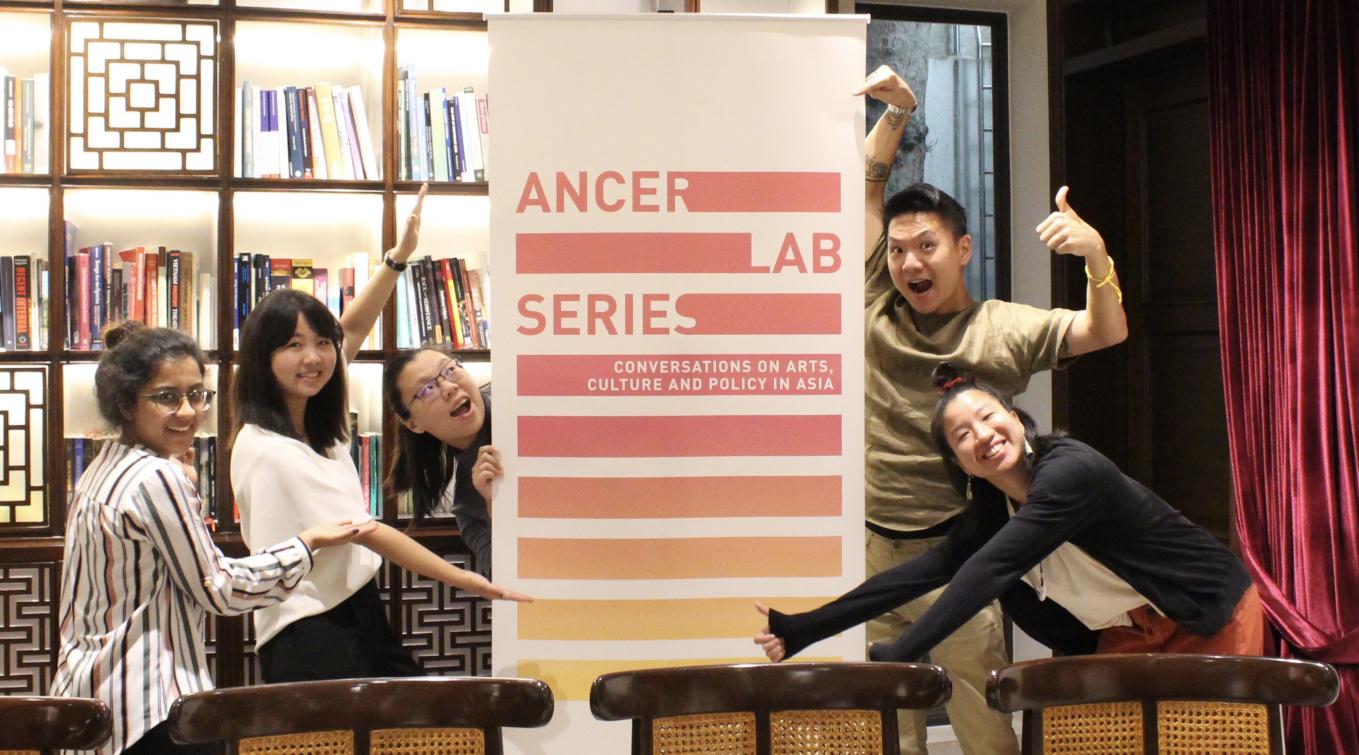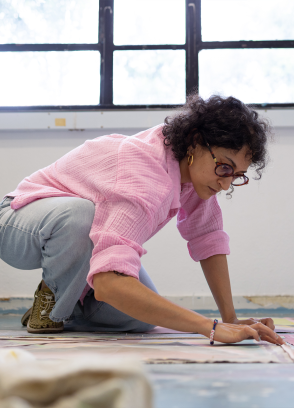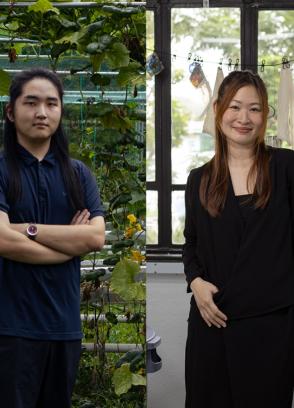MA Arts and Cultural Leadership students at the ANCER Lab 2019
By Joelyn Yep, MA Arts and Cultural Leadership (Class of 2020)
In October 2019, I visited Ho Chi Minh City in Vietnam with my classmates from LASALLE College of the Arts to attend the ANCER (Asia Pacific Network for Cultural Education and Research) Lab. Arts and cultural administrators, educators, and researchers in Southeast Asia came together to discuss the development of arts management and cultural leadership in the region. Through our site visits and conversations, a theme that stood out to me was the value of trust in an arts ecology.
According to research by the British Council Vietnam, while the number of cultural and creative hubs in Vietnam saw rapid growth over the last half a decade, there continues to be issues stemming from a lack of infrastructure within the arts. For many of the organisations and practitioners we met, trust is instrumental in bridging the gaps. Thanh Ha Tran, founder of contemporary visual art spaces MoT+++ and international artist residency A. Farm, relies on the strong trust and relationship between her team and the artists they work with to effectively run artist residencies. Artists-in-residence are given free rein of the space at A. Farm, which frees up Ha’s lean team to navigate administrative challenges such as legal frameworks and the obtaining of licenses to exhibit. Likewise, the everyday running of Kon Len Khnhom, a contemporary arts space in Phnom Penh, Cambodia, is largely entrusted to students by founder Meta Moeng.
Visit to MoT++
Singapore, due to consistent government support, does not have similar infrastructure issues. The National Arts Council (NAC) has programmes and grants ranging from mentorship opportunities to grants for market development, and the recent launch of the Arts Resource Hub provides the freelancer community with robust support as well. However, I was struck by how trust and the resulting network of relationships has sprung up organically in other Southeast Asian countries, due precisely to their lack of infrastructure.
One obvious and notable example is with patronage. While the arts in Vietnam are still emerging on the international field, a gap in the governance or structure to provide for the arts incentivises a solid pool of patrons to bridge this infrastructural gap. When we think of patronage, the image that comes to mind is typically monetary, but patronage can be provided through networking or in-kind support. San Art in Ho Chi Minh City is a platform that nurtures the creation, appreciation and discourse of visual art through educational initiatives and exhibitions. They operate out of two office building units provided by a patron. At The Factory, a contemporary arts space in Ho Chi Minh City, Artistic Director Zoe Butt shared with us that their patrons provide invaluable support through funding of their educational and outreach materials, exhibitions, and programmes that could require lengthy license applications with the authorities.
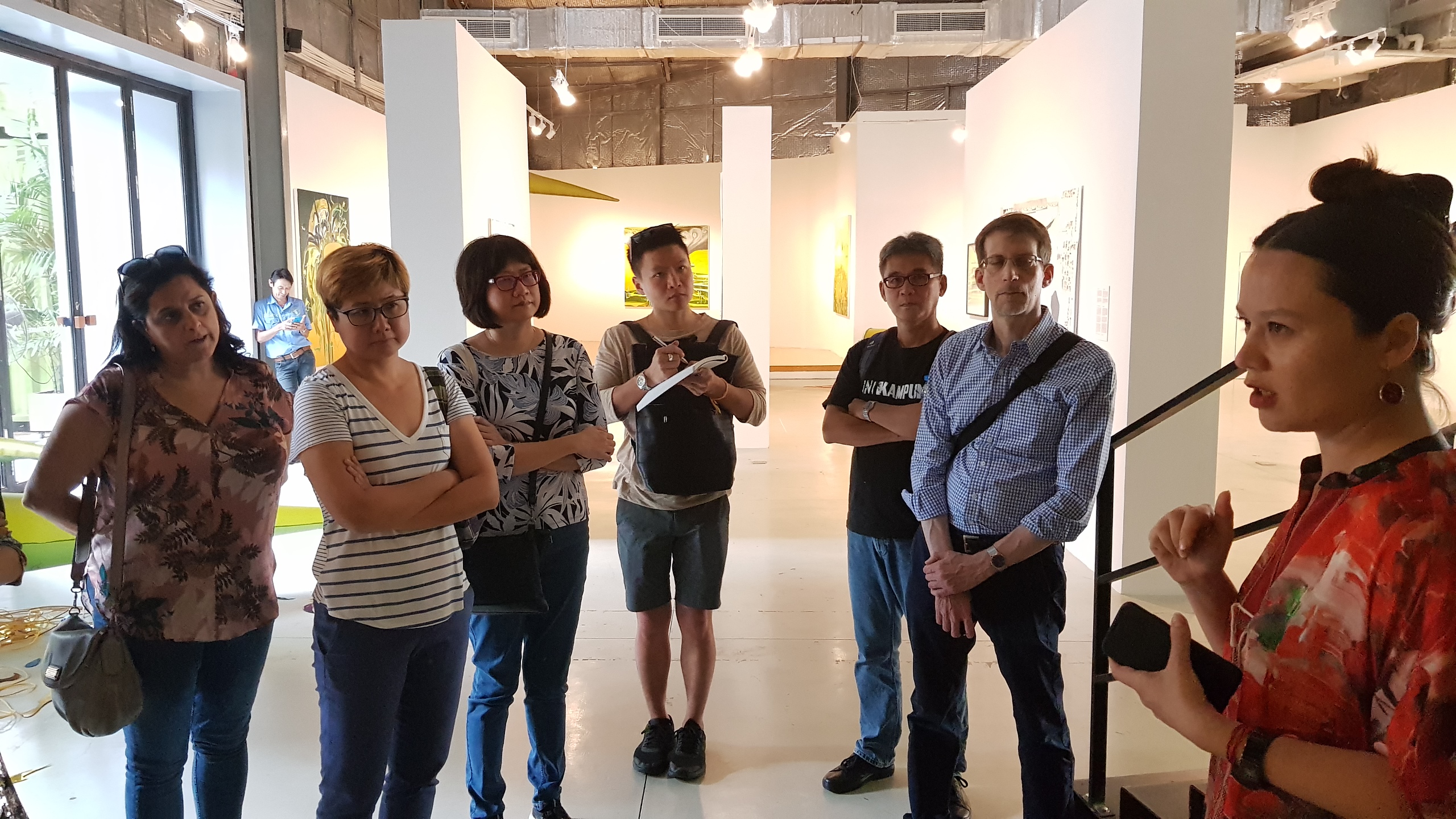
Visit to The Factory
Another aspect of building trust networks is in audience development. There needs to be a level of trust before audiences decide to invest their time in an artist. Singapore is home to hundreds of arts organisations, state-supported arts festivals, a variety of arts spaces, and even a state grant dedicated to Market and Audience Development. Arts festivals and events targeted to different segments of the public take place on a daily basis, from Silver Arts activities for the elderly to student programmes such as Words Go Round. This has given rise to questions about whether Singapore has too many arts events, and how to better engage local audiences. According to the Cultural Statistics 2018, attendance at free arts and cultural events rose to an all-time high in 2017 but since 2011, when the ticketed attendance figures in Singapore stood at a record 2.3 million, the number has dipped to about 1.9 million.
Audience as well as artist development in Vietnam continues to be a responsibility taken up by private organisations, institutes and practitioners, which fosters an environment conducive to a groundswell of support from diverse audiences. As we were presented with the outreach programmes from various arts institutes, it was clear that artist development and audience education was among organisations’ top priorities. The Factory runs an initiative called Inner Circle which helps low-income artists get a start on their careers through networking and mentorship, and the prioritisation and strengthening of the curator-artist relationship. Given their lack of resources to accommodate a large number of visual artists, The Factory also makes a point of exhibiting the works of a veteran and a relatively newer visual artist at different areas of the space at the same time, a strategy used to introduce new names to current audiences and new audiences to budding names.
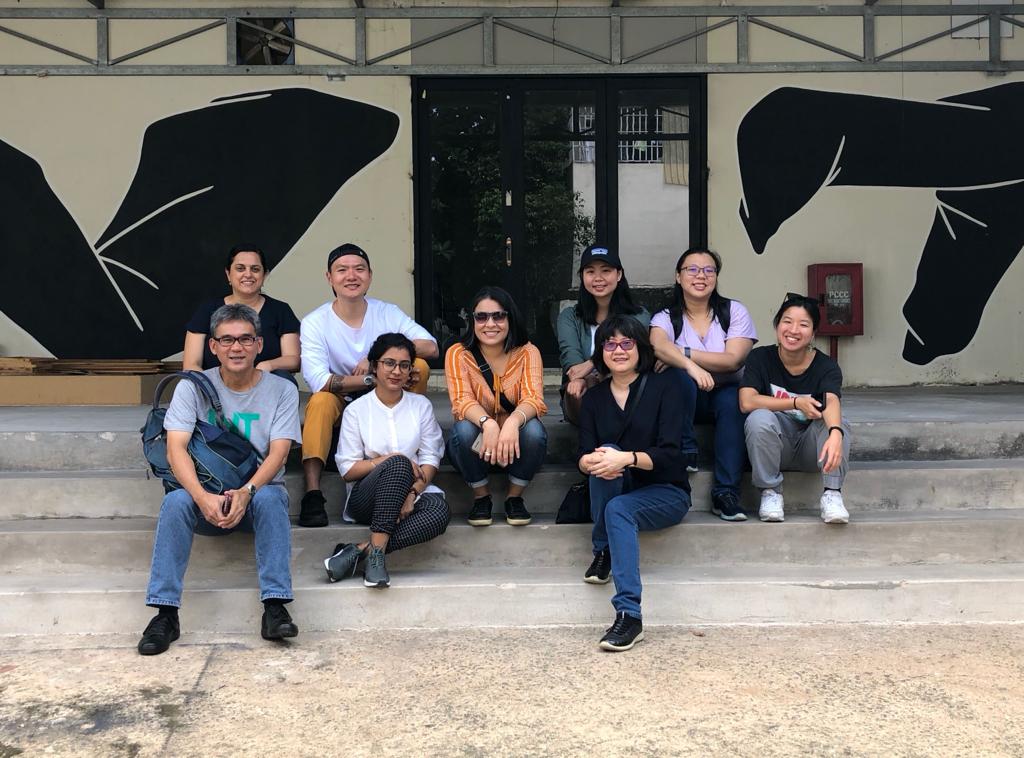
The LASALLE group at A. Farm
Coming from Singapore, ANCER Lab provided us with refreshing opportunities to see how arts communities and individuals operate in a vastly different environment. In a highly pragmatic nation like Singapore, where the tangible value of the arts continues to be debated constantly, fostering trust within and between its art communities is crucial to ensure that its creative scene evolves to meet the needs of new demographics and challenges. Audience development and patronage efforts are growing. In the literary scene, for example, Sing Lit Station manages Book-a-Writer, a programme linking schools to workshops conducted by literary arts practitioners, while the Epigram Books Fiction Prize, Singapore’s richest literary prize, is supported by private donors and crowdfunding. It is heartening to see also that in 2018, in-kind donations hit an all time high of S$24.5 million, according to the NAC.
Regardless of infrastructure and governance, trust and relationships built in this industry will continue to be an important cornerstone in the foundation and long-term sustainability of our arts organisations and those of the region. Perhaps the nurturing of a more critical but collaborative mindset could help in building on the current foundation of trust Singapore already has among our own arts ecology—where the end goal is not an international award, global titles or pure monetary wealth, but an on-going dialogue that encourages critical thinking, empathy, imagination, and innovative possibilities.

